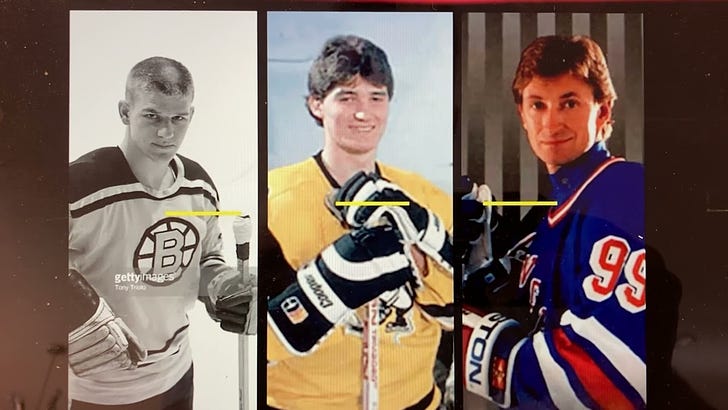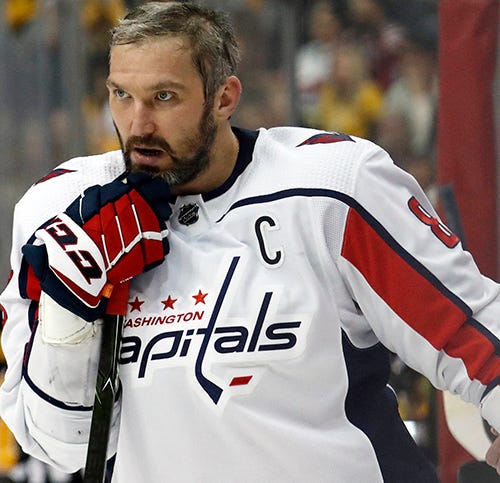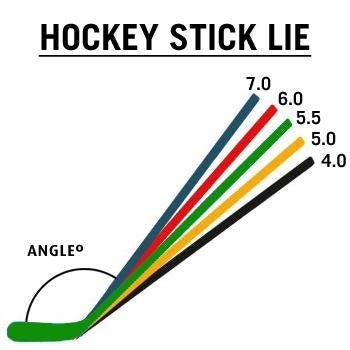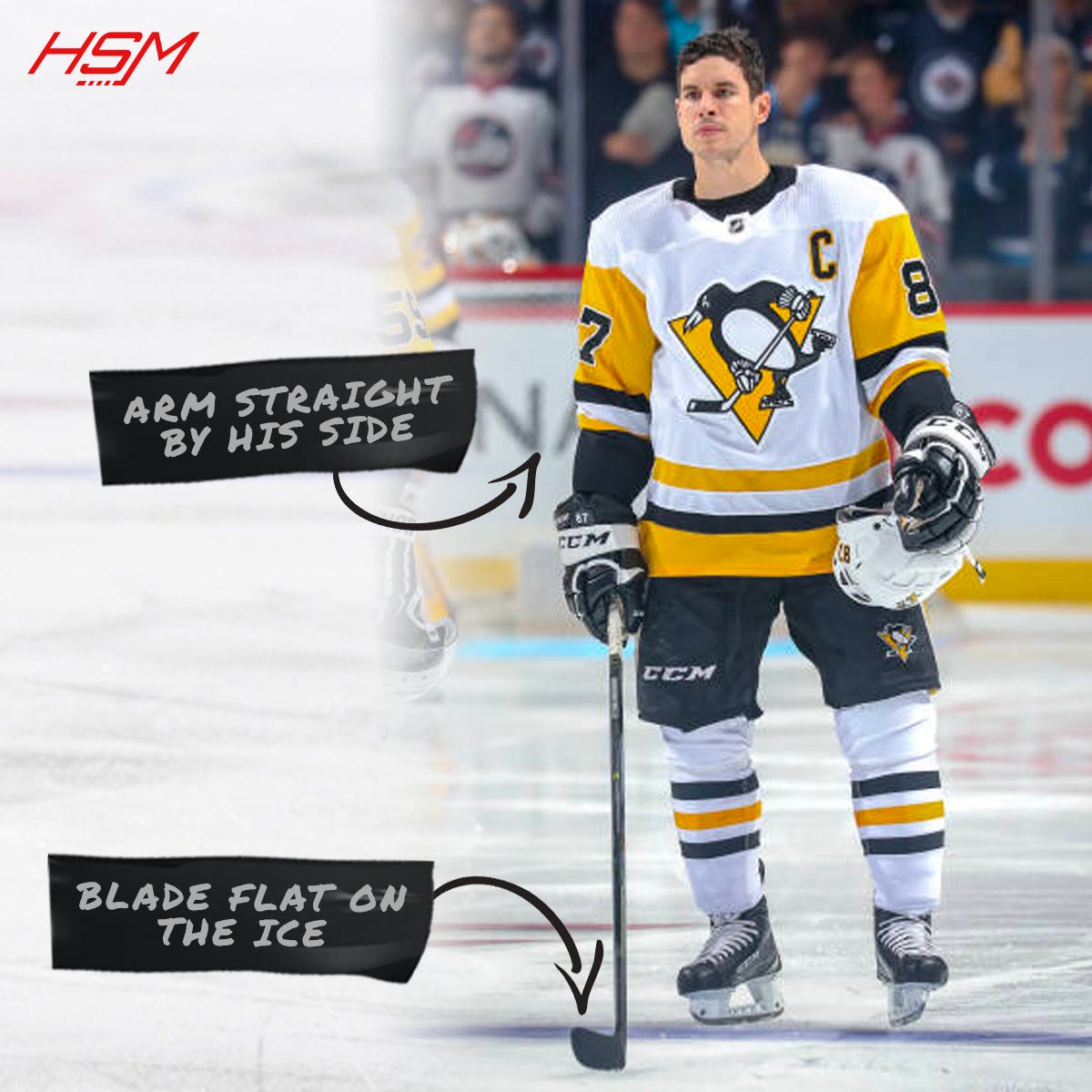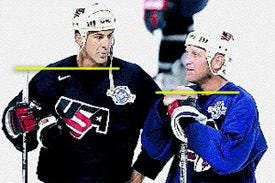A hockey stick is the most important physical tool in a player’s arsenal. Ensuring that the tool is best optimized for each player is critical. Last year, we went in-depth on the pros and cons of different stick flexes. Today, we’re going to talk about the proper stick length.
Stick Length
Stick length can be measured in two ways, off-skates & on-skates. Here are some guiding stick lengths while on skates:
Very long = Eye height
High = Nose height
Medium = Chin height
Short = Throat/Adam’s Apple height
Very short = Collar bone/Upper sternum
Pros & Cons of Each Stick Length
Traditionally, you’ll hear that short sticks are better for puckhandling while longer sticks are for defensemen and shooters.
Yet, you’ll find many goal-scorers like Tage Thompson use a shorter stick.
Thompson mentioned that he likes a shorter stick as it allows him to easily pull pucks into his feet without handcuffing himself into an awkward or physically impossible arm position.
Auston Matthews uses a similar profile.
And soon-to-be all-time NHL goals leader Alex Ovechkin also goes short.
Connor Bedard on the other hand bucks the trend and goes with a longer stick.
Proper Stick Length to Maximize the Lie
While changing the stick’s length is one adjustment, another is the lie of the stick. The lie of an ice hockey stick is simply the angle from the blade to the stick shaft.
A well-fitted ice hockey stick has the blade flat on the ice. A common tell that the lie or length isn’t suited for a player is the wear on the tape on the bottom of the blade. If the wear is only on the heel or toe, you’ll quickly be able to tell that an adjustment should be made.
A higher lie is often preferred for taller players or players who skate more upright.
A lower lie is often preferred for shorter players or players who skate low or forward-pitched.
A player’s skating style can also come into play as their posture makes a massive difference.
Common Stick Length
While there are notable exceptions, the majority of high-level players tend to prefer shorter sticks. Funny enough, it’s often the shortest players who tend to prefer the longest (relative) sticks… Brad Marchand, Marty St Louis, & Mats Zuccarello come to mind.
Here is a video of different NHL players talking about taping their sticks. Over time, Nikita Kucherov ended up going with a longer stick while Jack Eichel ended up cutting his stick down. Patrick Kane likes his stick at his chin on skates.
Trends Over Time
Sticks tend to get longer as players age. This is common as players are more likely to play more upright as they age. Here are two pictures of Jaromir Jagr.
Another example is how Sidney Crosby has lengthened his stick as he has gone into his 30s. Overall, players tend to have slightly longer sticks today than in decades past when sticks were significantly heavier.
While technology has allowed for more responsiveness from ice hockey sticks, there are still the same underlying principles that all players must manage when finding the best stick length for their respective game.
Further Reading

